The Past 10 Forgotten Technology
#ThePast10ForgottenTechnology. Who says ancient people backed-up technology? The proof until now no one knows how the process of making pyramids in Egypt, the existence of binoculars and pyramids of the Maya. The world has never been more technologically advanced than it is now, but that does not mean that ancient people were not familiar with technology. Here are 10 Forgotten Past Technology
10. Stradivari Violin
A technology of the 1700s is a process through which the famous Stradivari violin and stringed instrument are created. Violins, along with various viola, cello, and guitars, were made by the Stradivari family in Italy from about 1650-1750. Violins are precious in their day, but they've since been very famous to have unmatched and impossible to reproduce quality sound. Today there are only about 600 of the left instruments, and most are worth hundreds of thousands of dollars. In fact, the name Stradivari has become so synonymous with quality that it has come to serve as a descriptive term for whatever is considered to be the best in its field.
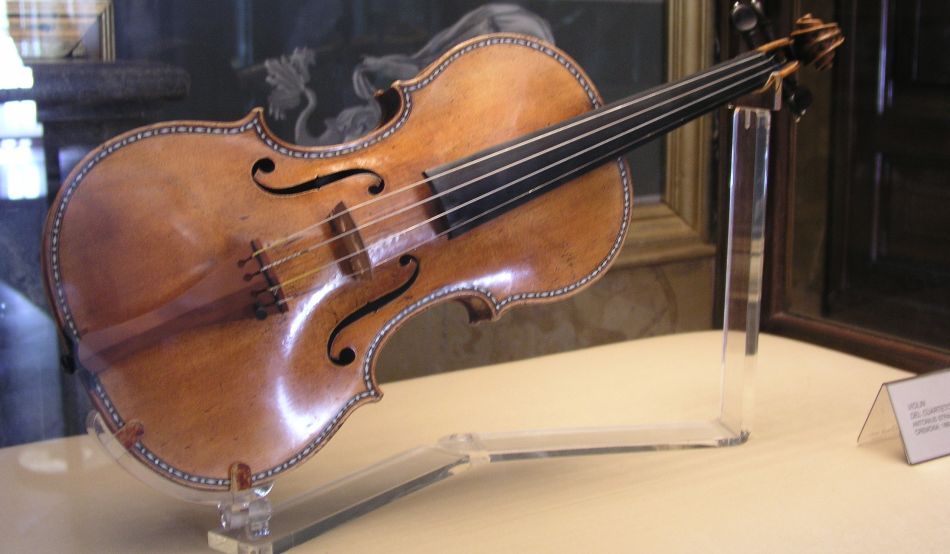
Why be forgotten?
The technique for making the Stradivari instrument is a family secret known only to the head of the family Antonio Stradivari and his sons, Omobono and Francesco. After they died, the technology died with them, but this has not stopped some of them trying to reproduce again. Researchers have studied everything from mushrooms in wood that are used for a unique body-shaping to illustrate the famous resonance that is achieved with the Stradivarius collection. The leading hypothesis seems to account that the special wood density used for sound. However, dispute some claims that the instrument is special at all. In fact, at least one study concluded that most people do not even see the difference in sound quality between the Stradivari violin and its modern counterpart.
9. Nepenthe
The sheer technological sophistication held by the ancient Greeks and Romans is often quite surprising, especially when it comes to medicine. Among other things, the Greeks are known to cure mourning with something that gives tranquility, a primitive anti-depressant known for its ability to "catch up sorrows lost." These drugs are often referred to in Greek literature such as Homer's Odyssey. Some claim that it may be fictitious, but others argue that the drug is real and widely used in ancient Greece. The calming thing is said to have originated in Egypt, and the effect of being a "drug of forgetfulness" has made many people compare it to opium.

Why be forgotten?
Often these "lost" technologies may still exist today, and it's just our inability to identify their modern equivalents that make them mysterious. If it really exists, it might happen with something soothing. The drug is most likely still used today, but historians can not determine what the modern substance of the Greeks refers to. Opium is definitely the most popular choice, but other frontrunners include wormwood extract and scopolamine.
8. Antikythera Mechanism
One of the most mysterious of all archeological artifacts is what is known as the Antikythera Mechanism, a bronze machine invented by divers off the Greek island of Antikythera in the early 1900s. This mechanism consists of a series of more than 30 gears, cranks, and fast that can be manipulated for astronomical tables positioning the sun, moon, and other planets. The device was found among the remains of a shipwreck that scientists century to the 1st or 2nd century BC. the real purpose is still not fully known, and the mystery behind construction and use has puzzled researchers for years. the consensus now seems to be that the Antikythera Mechanism is a kind of primitive clock that could calculate the lunar and solar phases of the year, which led in part to refer to as the earliest example of an analog computer.
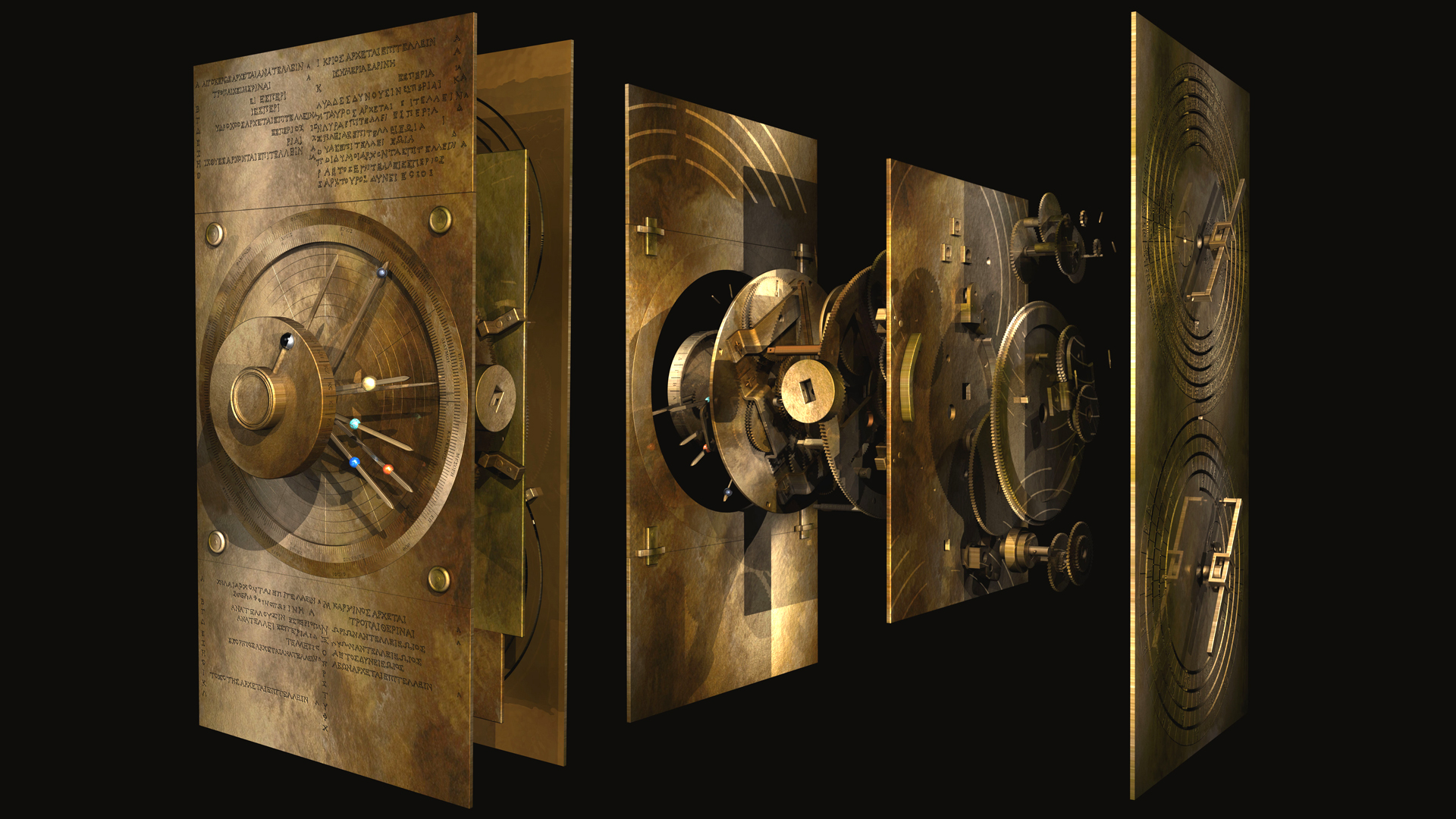
Why be forgotten?
Sophistication and precision are evident in the design of mechanisms that show that not only devices of its kind, and many scientists have speculated that their use may have been widespread. However, the existence of other devices such as the Antikythera Mechanism did not appear in historical records until the 14th century, meaning that technology has been lost for nearly 1400 years. Why or how it might remain a mystery, especially since the mechanism still stands as the only ancient discovery of its kind.
7. Telharmonium
Often recognized as the first electronic instrument in the electronics world, Telharmonium is a large organ device that used tonewheels to create synthetic music notes that are then transmitted by cable to a series of sounds. This telharmonium was developed by the inventor Thaddeus Cahill in 1897, and at that time was one of the greatest instruments ever built. Cahill will eventually make three versions of it, one that he says weighs about 200 tons and takes up enough space to fill the entire room. Its set up consists of a collection of keyboards and foot pedals, which users can manipulate to reproduce the sounds of other instruments, especially woodwinds like flutes, bassoons, and clarinets. The first public exhibition of Telharmonium met with great success. People came in droves to hear public performances of primitive synthesizers, which he said to produce a clear, spin-like sound that resembles a sine wave.
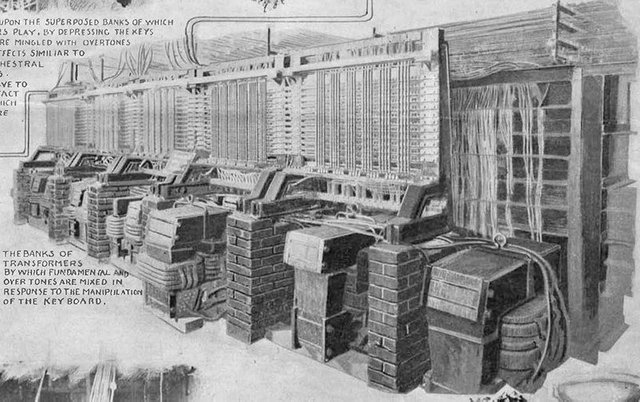
Why be forgotten?
Following initial success, Cahill developed a grand plan for his Telharmonium. Due to the ability to transmit signals via telephone cords, he envisions Telharmonium music broadcast remotely as background sounds in places such as restaurants, hotels, and private homes. Unfortunately, this device proved too far ahead of its time. Its massive energy consumption of network power was strained early, and at a whopping $ 200 price tag, the instrument was too expensive to make on a large scale. Moreover, early in the music broadcast experiment over the phone proved to be a disaster, as the voice often bleeds during a private phone conversation. After a while, the public appeal with the device decreases, and the different versions are finally deleted. Currently, nothing is left out of the original three Telharmoniums-not even voice recordings.
6. Library of Alexandria
Although not a technology, the legendary Alexandria Library I wrote on this list, if only because of the damage that means that so much knowledge gathered from ancient times is lost forever. The library was founded in Alexandria, Egypt in about 300 BC, most probably during the reign of Ptolemy Soter. This marks the first serious effort to gather all the known information about the outside world in one place. The size of the collection is unknown (although the figure has been estimated at about a million scrolls), but this library undoubtedly attracted some great thinkers, between them Zenodotus and the Byzantine Aristophones, both of whom spent considerable time doing scientific work in Alexandria. The library becomes so important that there is even a legend that all visitors to the city must submit their books upon entering so that a copy can be made for storage in a large library.

Why be forgotten?
The Library of Alexandria and all its contents were burned around the first or second century AD. Scholars are still uncertain how the fire began, but there are several theories that arise. The first, backed up by historical documents, shows that Julius Caesar accidentally burned the library when he burned some of his own ships in order to block the path of enemy fleets forward. The fire spread to the dock and then enveloped the library. other theories argue that the library was destroyed and burned by the invaders, with Aurelian Emperor, Aas Theodosius I, and the Arab conqueror Amr bin al 'served as the main competitor. But the Library of Alexandria was destroyed, there is little doubt that many of the secrets of kunoyang disappeared along with it. We will never know for sure what is missing, but it stands still, there is an argument made that many technologies in the list are missing.
5. Damascus Steel
Damascus steel is one thing that is said impossible from the strongest of metals widely used in the Middle East from 1100-1700 AD. It is most famously associated with swords and knives. The blades are forged with Damascus steel known for its tremendous power and cutting ability, and is said to be capable of cutting rocks and other metals, including the blades in the middle. The blades are believed to have been created using wootz steel, which is likely to be imported from India and Sri Lanka and printed and blended to make a patterned knife. The special qualities of the sword are thought to originate from this process, which weaved together the tough cementite and soft iron to form a strong metal as it is flexible. This sword is like a coated glass that makes it stronger and harder than any metal. We know that the glass is harder than steel that is above 8 mosh.
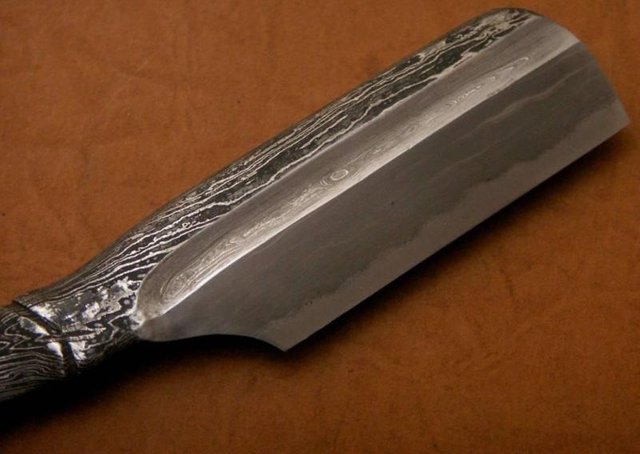
Why be forgotten?
The special process for forging Damascus steel seems to have disappeared around 1750 AD. The exact cause for the disappearance of the technique is unknown, but there are several theories. The most popular is that the ore supply required for special recipes for Damascus steel is starting to thin, and sword makers are forced to develop other techniques. Another is that the whole recipe for the presence of Damascus-especially carbon nanotube-steel is only discovered by accident, and who is good at making swords actually does not know the technique by the heart. Instead, they will only forge the sword en masse, and test them to determine which meet the standards of Damascus steel.
4. Apollo / Gemini Space Technology Program
Not all the lost technologies date back to ancient. Sometimes it just becomes so outdated that it's no longer compatible. Apollo and Gemini space programs of the 50s, 60s, and 70s that are responsible for NASA's greatest success, including some of the first manned space flight and the first trip to the moon. Gemini, who ran from 1965-66, was responsible for much of the early research and development into the human space flight mechanics. Apollo, which followed a long time later, was launched with the aim of crew landing on the lunar surface, which managed to perform in July 1969.

Why be forgotten?
Apollo and Gemini programs are not completely lost. There are still one or two Saturn V rockets scattered, and there are many parts of spacecraft capsules still available. But just because modern scientists have a part does not mean that they have the knowledge to understand how or why they work the way they do. In fact, very few schemes or records of the original program still exist. The lack of recording is the result of a fanatical move in which the American space program is flourishing.
3. Silphium
Technology is not always the result of too much secrecy or a bad record of keeping-nature just occasionally not cooperating. This is what happened with Silphium, an herbal remedy that wonders the Romans used as one of the earliest forms of birth control. This is based on the results of a particular genus of fennel plants, a flowering herb that only grows along certain coastlines in modern Libya. The heart-shaped fruit of the Silphium plant is known to be an all-drug thing, and is used to treat warts, fevers, indigestion and many other diseases.
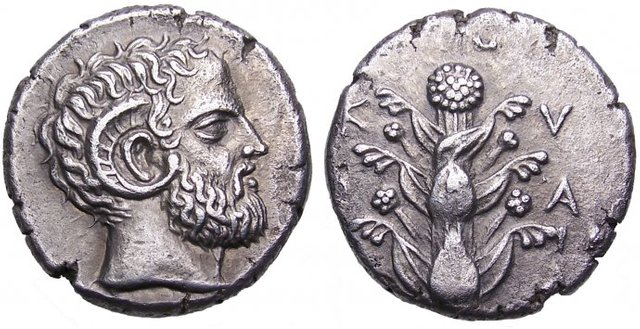
Why be forgotten?
Silphium is one of the most sought after drugs of the ancient world, and is spreading rapidly its use across Europe and into Asia. However, despite the tremendous effects, especially the genus of plants needed will only grow in one area along the Mediterranean Sea in North Africa. Its scarcity, combined with huge demand, more than likely causes more of the harvest, which drives the plant into extinction.
2. Roman Cement
Modern concrete was developed in the 1700s, and today a simple mix of cement, water, sand, and stones is the most widely used building material in the world. But the recipe developed in the 18th century instead of the first concrete was created. In fact, concrete was widely used in ancient times by Persians, Egyptians, Assyrians, and Romans. The Romans were used extensively especially made of concrete, and they were responsible for first perfecting the burnt recipe by mixing lime with crushed stone and water.
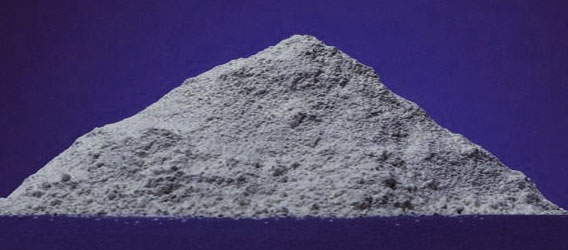
Why be forgotten?
Like so much technology of the Greeks and Romans, the recipe for the concrete was lost during the fall into the Dark Ages, but why is still a mystery. The most popular theory is that the recipe is something of a trade secret among masons, and that the method for making concrete and concrete die along with those who know it. Perhaps even more interesting than the loss of Roman cement is a certain quality that is separate from the more modern Portland cement, which is the most common type of cement in use today.
1. Greek fire
Perhaps the most famous of all the lost technologies is what is known as the Greek Fire, an arsenal used by the Byzantine Empire military. A primitive form of napalm, Greek Fire is a kind of "sticky fire" that will continue to burn even in the water. The most famous Byzantine was used during the 11th century, when it was credited with helping to repel two siege of Constantinople by the Arabs.
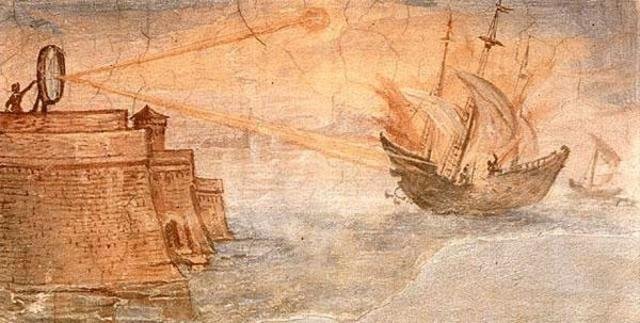
Why be forgotten?
The technology behind Greek Fire is certainly not entirely foreign. After all, the modern military has been using the same weapon for years. However, the closest partner to the Greek Fire, napalm, was not perfected until the early 1940s, which meant a technology that had been lost for several hundred years. The use of weapons seems to disappear after the decline of the Byzantine Empire, but why is still unknown. Meanwhile, the chemical composition of Greek Flame may have been widely studied by historians and scientists.
The images in this article are taken from Google Image. Thanks for reading my article, Do not forget to follow back my account steemit @muhammadrovi . See u in the next article.